
SpeedSF Blog
Every Build Has a Story – Meet the Cars of SpeedSF

Bimmerfest 2025: Redeemed from the Rain
With over 250 in attendance, 35 cars providing ridealongs, and multiple prizes available from Liqui Moly, our latest Bimmerfest at Sonoma Raceway went off without a hitch.

Matt’s E36 M3: No More Tears
When the costs of his supercharged E46 M3 started getting to him, Matt decided to try something less likely to heatsoak.
Now pushing 250,000 miles without an issue, Matt’s budget replacement has fulfilled its intention.

Hao’s Supra: One Fell Swoop
After a year wrestling with a heavyweight M4, Hao Wang decided a Supra would be the smaller, more nimble track car he was after. With an ex-GT500 mechanic guiding him, he overhauled the entire suspension and added top-shelf aero to help this stock power car turn remarkable times with relatively little effort.

Nikhil’s E30: Nikhil and Diming
Convinced that track driving could be done on a strict budget, Nikhil Kovelamudi started crunching numbers. By making upgrades only when totally necessary and putting the majority of his allocated money to entry fees, he’s been able to set truly respectable times in a very ordinary E30 — and he’s acquired his skill in short time.

Connor’s E36: Standing on Solid Ground
After transitioning into HPDE from autocross, Connor Lydon recognized how taking the next step into time trials would be made easier by starting with a sorted car.
This IP-winning E36 M3 came to Connor already proven, and with a little massaging as well as a few chassis mods, it’s been able to set remarkable times with a modest amount of power.
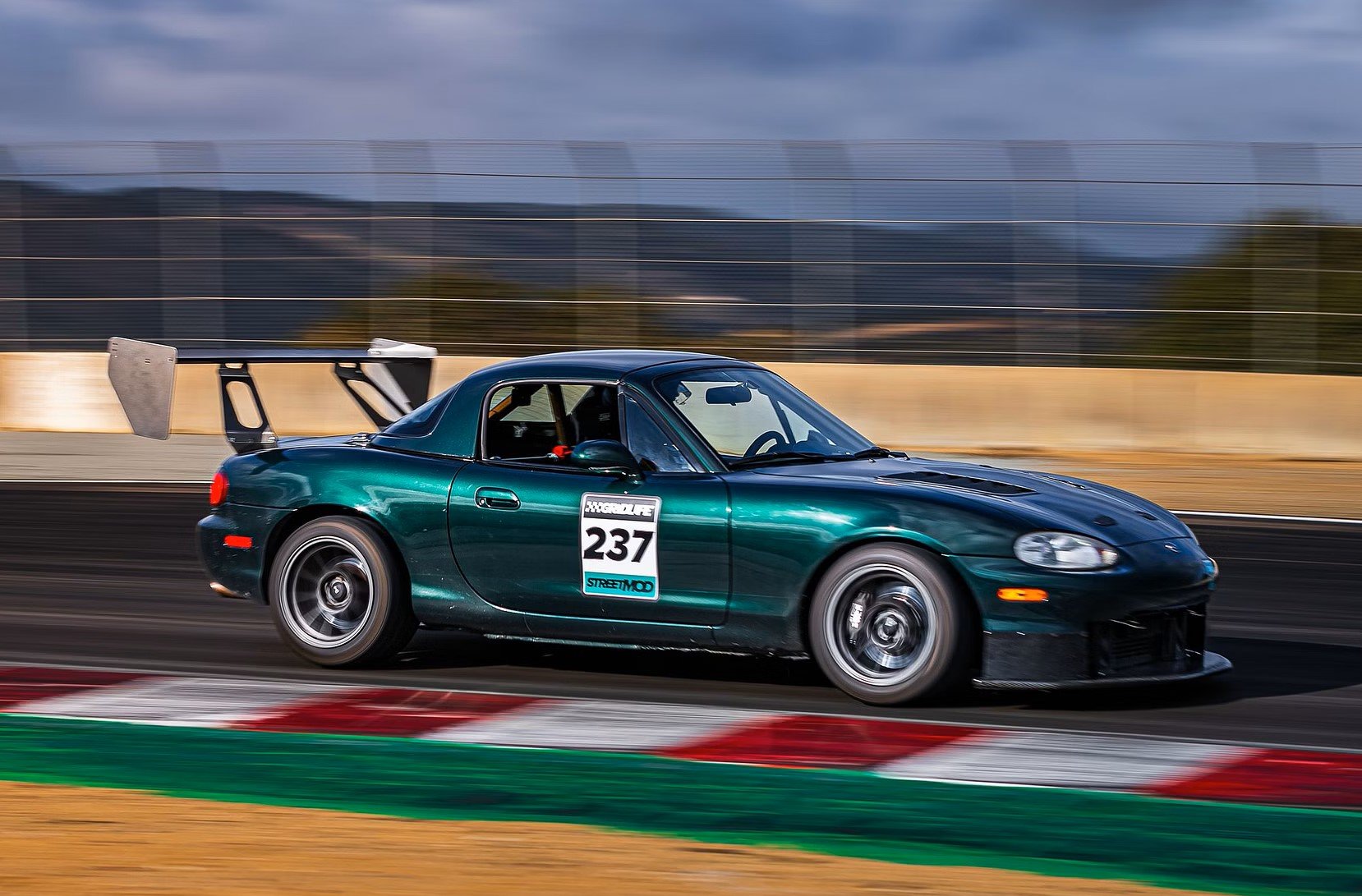
Chris’ DCT-Swapped Miata: Grasping the Big Picture
By sourcing the right parts from retired race cars, using all his industry know-how, and taking the leap to install a BMW DCT in his NB, Chris Watson’s found an inspiring recipe for a reliable track-tuned Miata that can lap Laguna in 1:33.
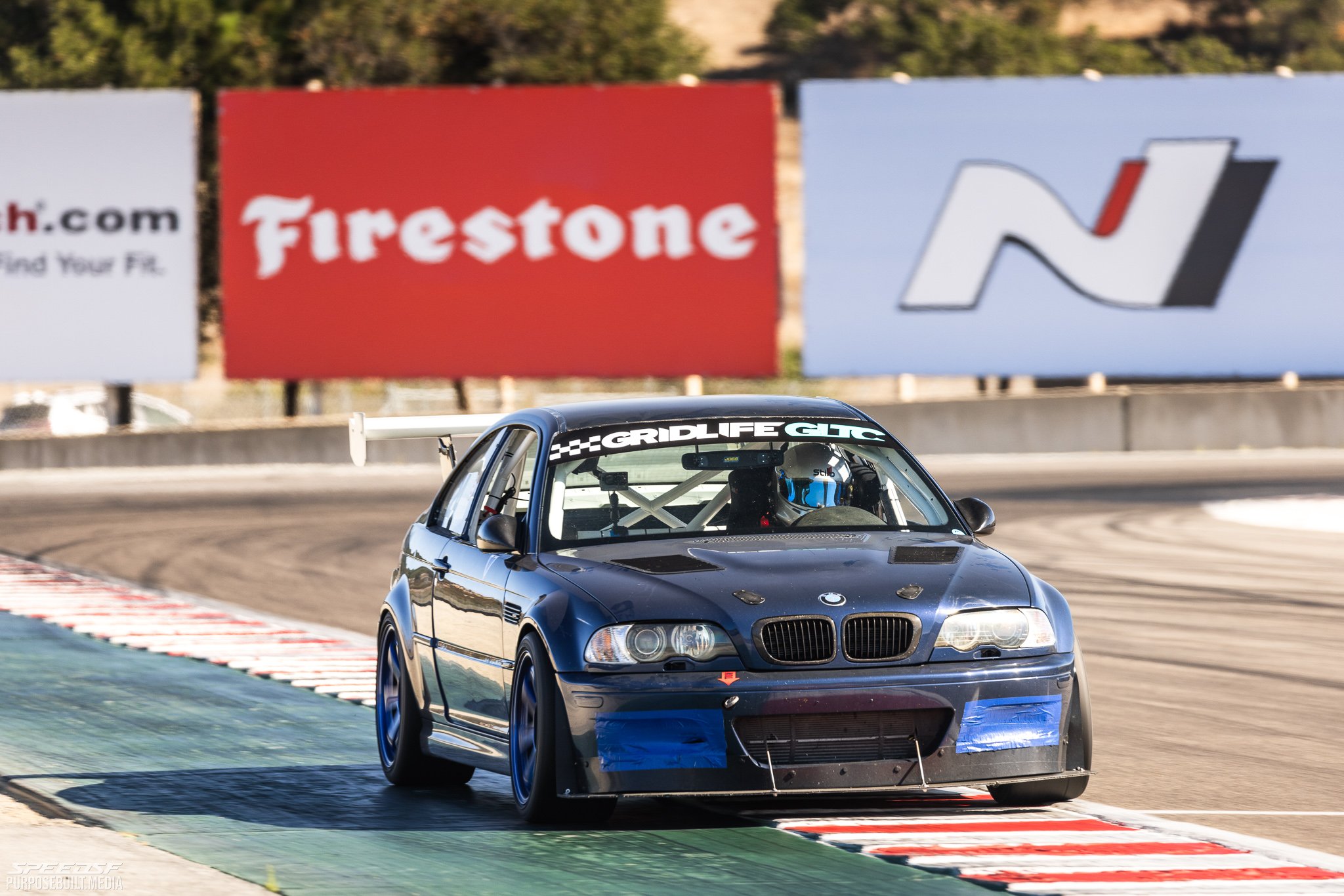
Abdul’s E46 M3: Checking All Boxes
It didn’t take Abdul long to realize that seat time was all-important, so he made a point to avoid the typical impediments to his progress. Then he bought a versatile M3, had the right guys set it up, and put in his time learning his craft.

Chris’ Evora: Penny-Pinching Pays Off
After a frustrated spell with a supercharged E92 M3 that could never quite put the power down, Chris Mayfield picked up a mid-engined sports car with a higher performance ceiling.
He found the Evora fun and competent in stock trim, and with full aero from Zebulon, it became a record setter.
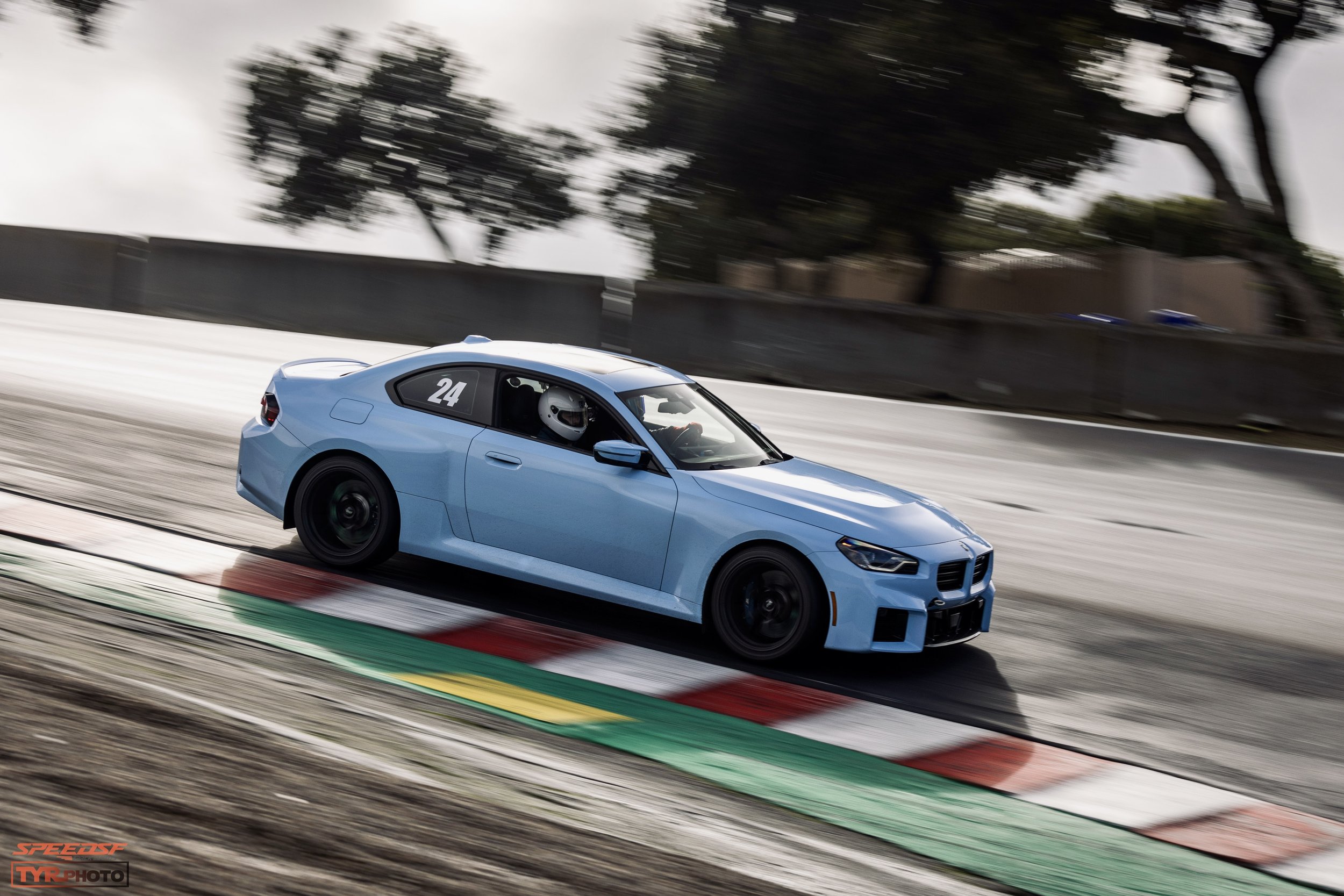
Gordon’s M2: Iteration Cycle
Rather than descend down the rabbit hole of modification, Gordon Mak decided to study the human element in the racing equation to find a process that would help him advance as a driver.
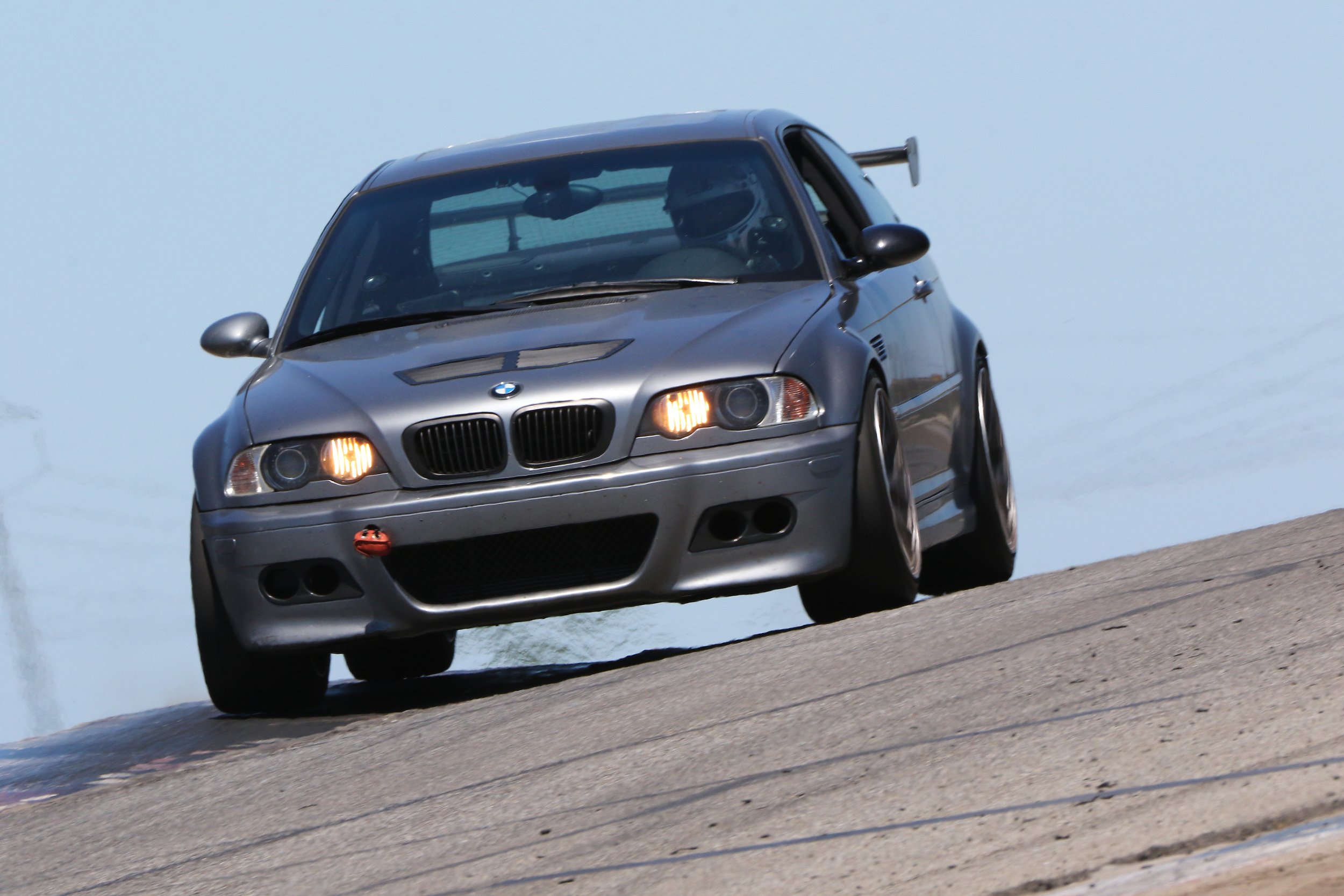
Joe’s M3: Proving His Potential
Joe McGuigan was committed to paving his own path and suffering the setbacks which come with developing unloved cars, but eventually he had to capitulate and try one of the best developed cars around.
He hasn’t regretted joining the E46 tribe.
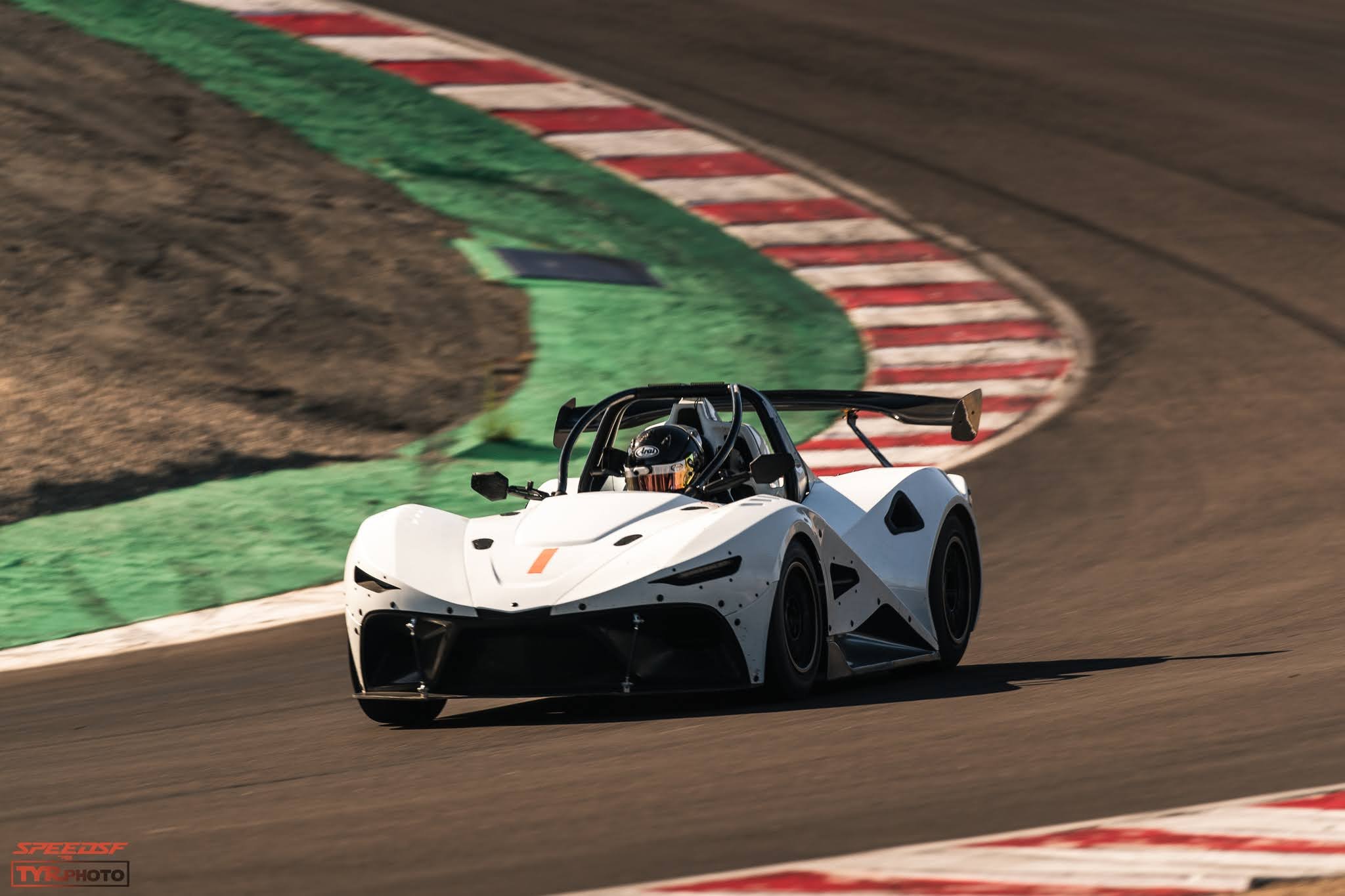
Alex's RUSH SR: Turning The Page
A formative karting experience stayed with Alex through his early trackday afternoons, and after growing tired of his heavyset GT car, he decided to go and buy something lighter, purer, and much more exhilarating.

Blake's M4: Friendly Firepower
While the F82 still lacks the tuning support some of its predecessors enjoy, the long-wheelbase platform has served Blake Titus as he’s learned the basics of track driving. A satisfying platform that’s “always on the verge of killing you,” as he puts it.
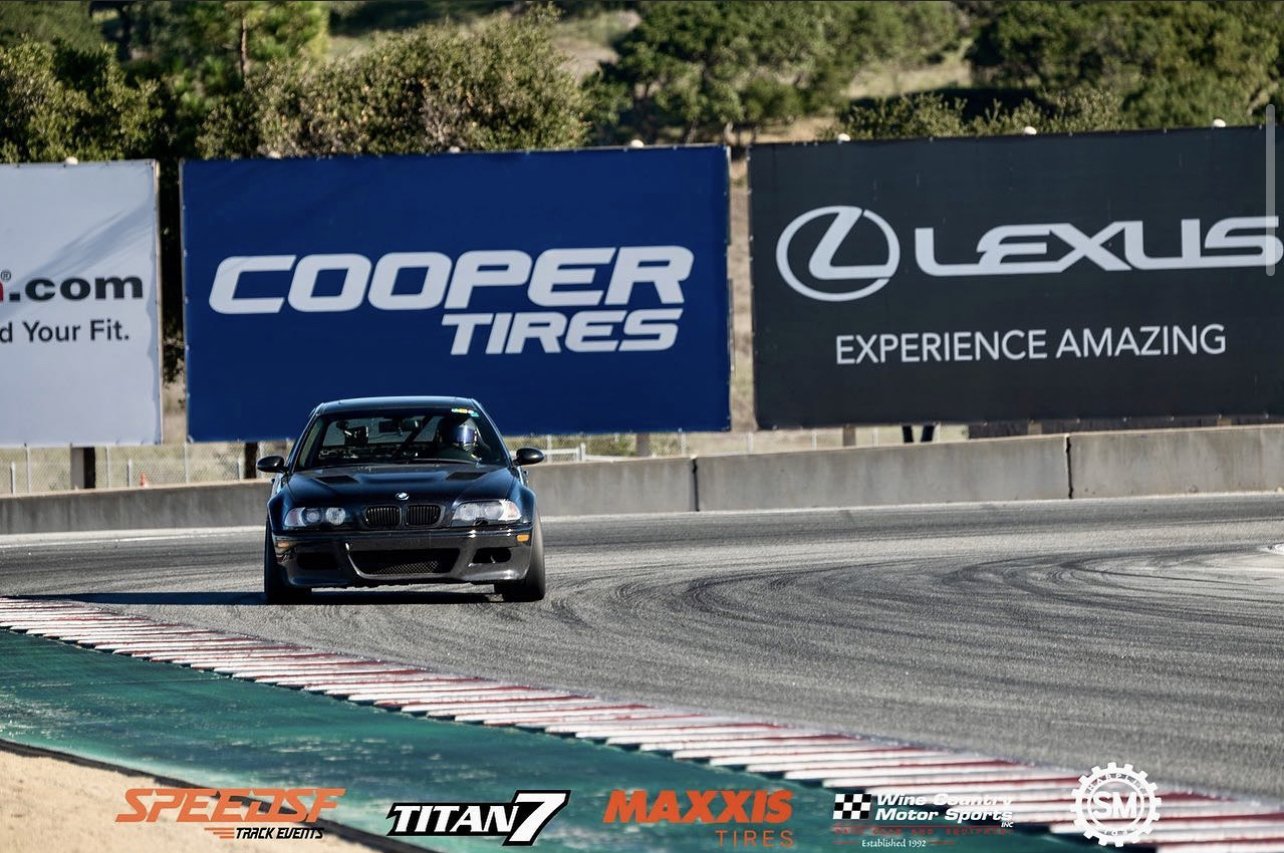
Edson's E46: Quarter-Million and Counting
It may have 250+ on the clock, but this rough M3 has been Edson’s trusty track toy for the last year and a half, and he doesn’t plan on changing anything soon—it’s too fun and dependable to need anything.

Dustin's Supercharged M3: A Lesson in Applied Economics
With a full plate and a desperate need to go fast, Dustin managed to keep his head, get the right car, get the right coaching, make the right upgrades, and put prove just how quickly he could develop the established E46 into a 500-horsepower time attack machine.

Elie's E46 M3: Not Too Much, Not Too Little
Though the car has a reputation as being a pricey pain in the ass, Elie Mansour’s proven that the E46 M3 is reliable as anything—and faster than 70% of most track toys—when given the right sort of TLC.

Peter Phung's Widebody M3: Wide and Wonderful
Designed to be seriously quick and sexy, Peter Phung put a lot of blood, sweat, and tears into building this no-stone-unturned E46. With 360 horsepower, amazing livery, and a GTR-inspired fiberglass bodykit, it’s a step above your typical M3 track toy.
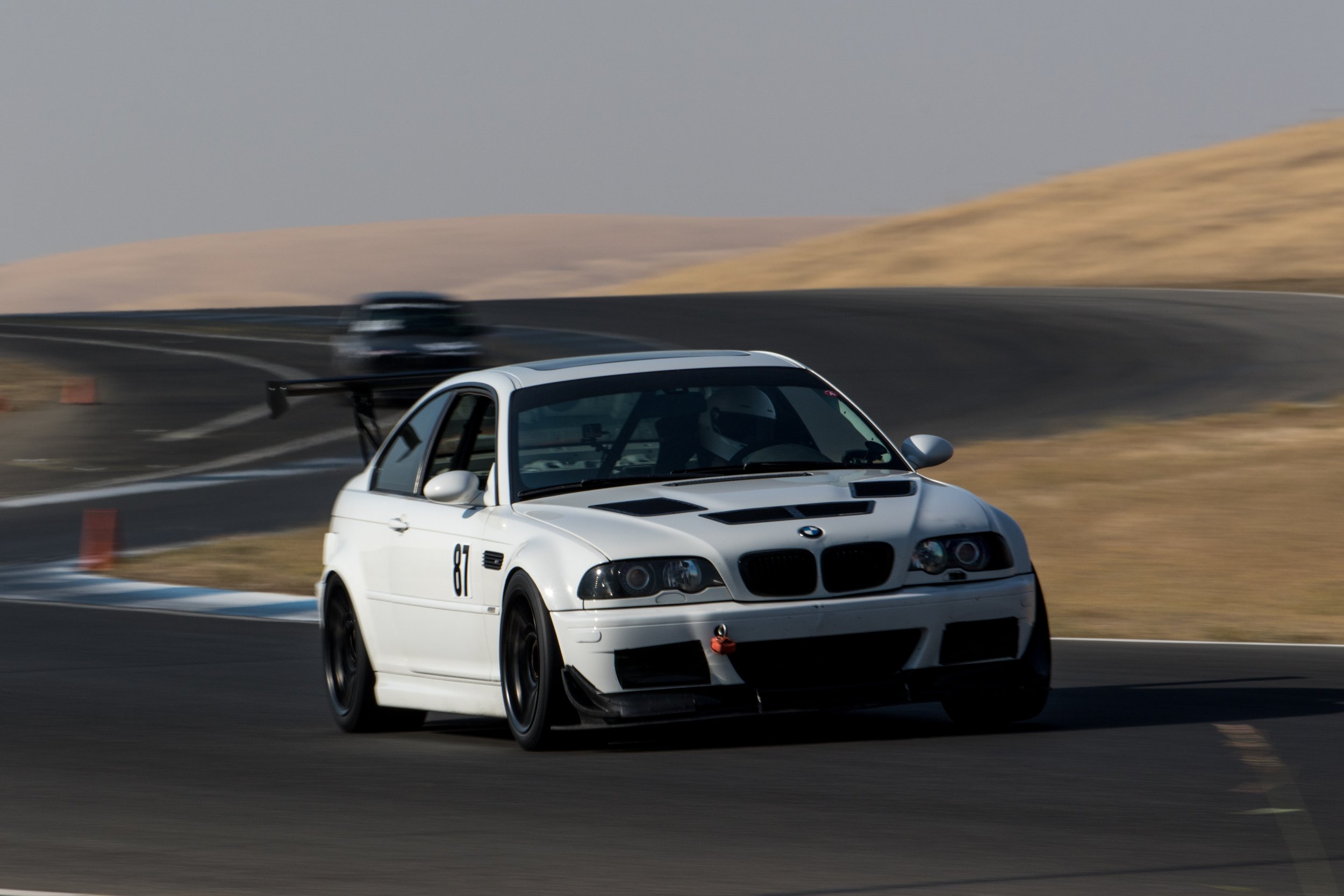
Dan Avon's E46 M3: A Study in Taking Things Slowly
Done slowly, done carefully, done right. Dan Avon’s showed us how to take a mild M3 and make it far more than the sum of its parts.
